What is glass wool used for?
2025-09-09
Glass wool is used for thermal insulation, soundproofing, and fire protection in buildings and industries. It insulates walls, roofs, and floors, as well as pipes and industrial equipment, to improve energy efficiency and comfort. Glass wool can be installed as batts, loose-fill, or rigid boards for diverse applications, including HVAC ducting, partitions, and suspended ceilings
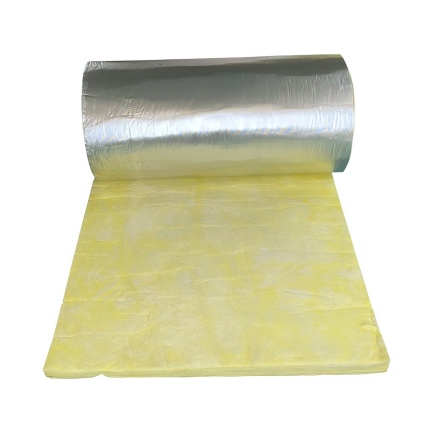

Primary Functions and Applications:
1. Thermal Insulation (The Most Common Use)
The primary purpose of glass wool is to trap still air within its dense matrix of fine glass fibers. This dramatically reduces heat transfer (conduction and convection), making buildings more energy-efficient.
· Residential Construction:
· Attics/Lofts: Laid between and over ceiling joists to prevent heat from escaping through the roof.
· Wall Cavities: Fitted between the wooden or metal studs in exterior walls to create a thermal barrier.
· Floors: Installed between floor joists to prevent heat loss to unheated spaces below (like basements or crawl spaces).
· Commercial and Industrial Buildings: Used to insulate walls, roofs, and HVAC ducts to reduce heating and cooling costs.
· Appliances: Used as insulation in ovens, water heaters, and refrigerators to improve their energy efficiency.
2. Acoustic Insulation (Soundproofing)
The tangled, porous structure of glass wool is excellent at absorbing sound waves, converting the sound energy into negligible amounts of heat.
· Interior Partitions: Placed inside interior walls (e.g., between bedrooms, bathrooms, and home theaters) to reduce sound transmission from room to room.
· Ceilings: Installed in ceiling cavities to dampen impact noise from above (footsteps) and airborne noise.
· Studios & Offices: Used in recording studios, home theaters, and office partitions to create acoustically controlled environments.
· HVAC Systems: Wrapped around metal ductwork to dampen the noise of air moving through the system.
3. Fire Protection
Glass wool is made from sand and recycled glass, which are inorganic materials. This makes it naturally non-combustible. It will not burn or contribute to the spread of flame, making it an excellent passive fire protection material.
· Fire Stopping: Used in cavities and voids within walls and floors to prevent the spread of fire and smoke through a building.
· Fire-Rated Assemblies: An essential component in wall and floor systems that are designed to have a specific fire-resistance rating (e.g., 1-hour or 2-hour fire walls).
4. Technical and Industrial Applications
Beyond construction, glass wool's properties make it useful in various industries.
· Pipe Insulation: Pre-formed rigid sections are used to insulate hot and cold water pipes, preventing heat loss and freezing.
· Aircraft and Automotive: Used for thermal and acoustic insulation in vehicles and aircraft.
· Filtration: High-density glass wool can be used as a filter medium in some HVAC and industrial air filtration systems.
Related Blog
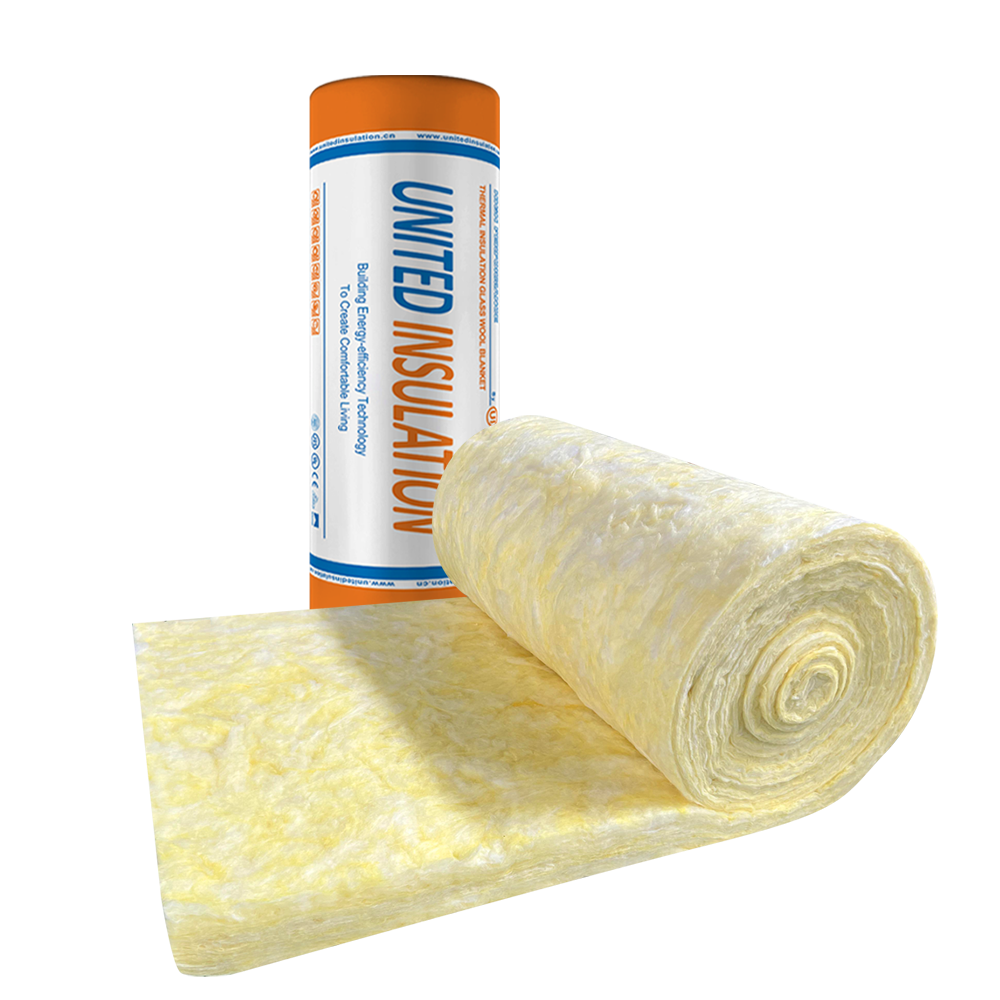
what are the benefits of glass wool?
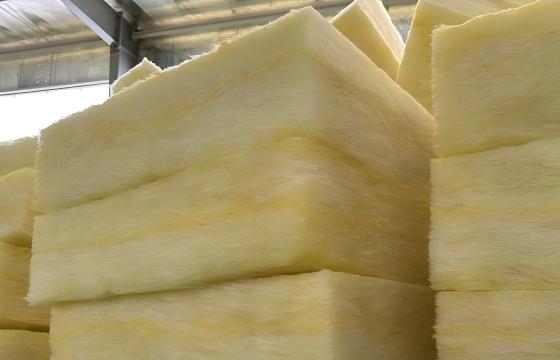
Can glass wool get wet?
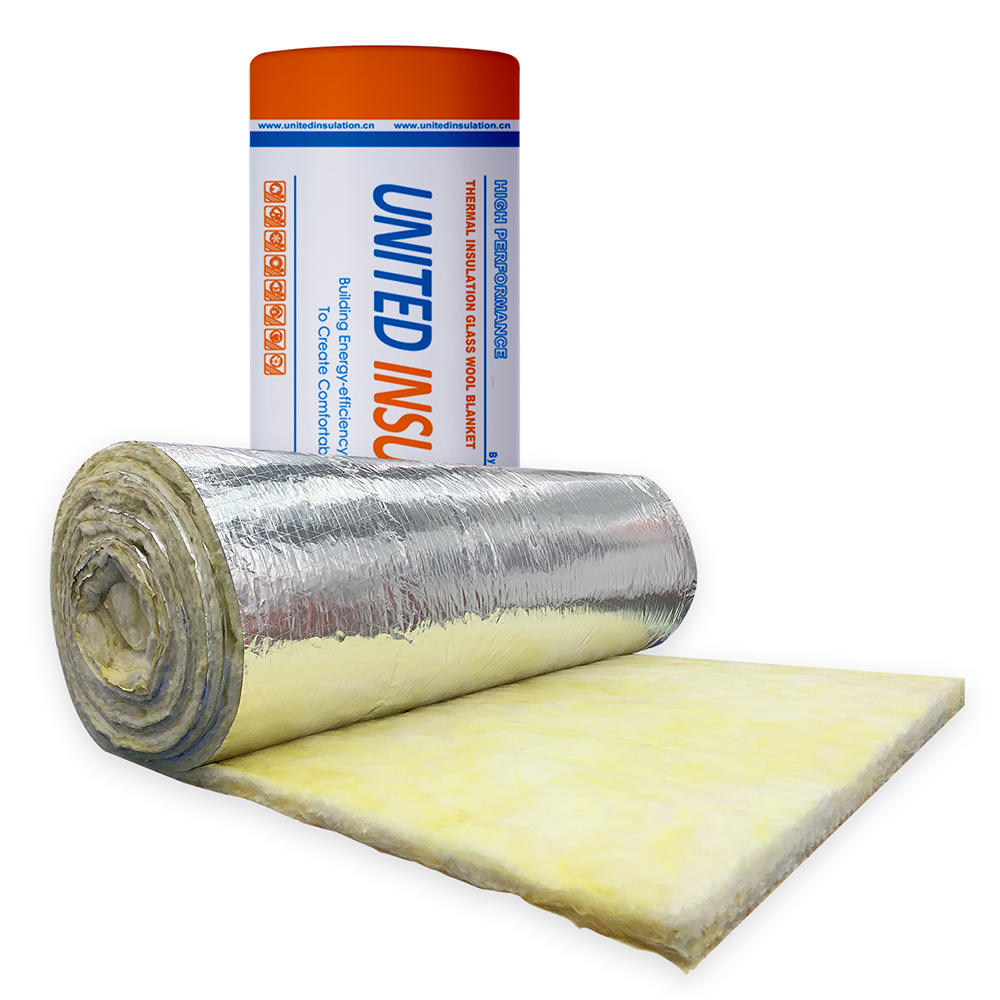
The Revolution of Changes in Glass Wool Raw Materials: From Traditional Formulas to a purer Future

What is glass wool used for?

Things about R-value
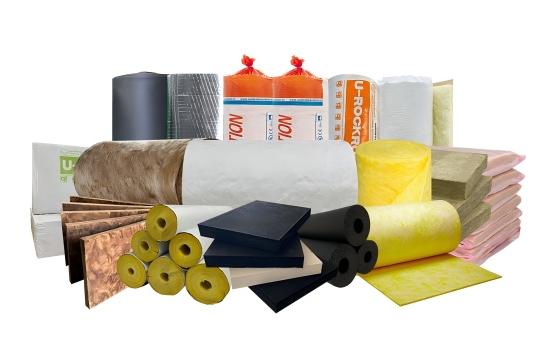
Is glass wool insulation any good?

Glass Wool Insulation Batts
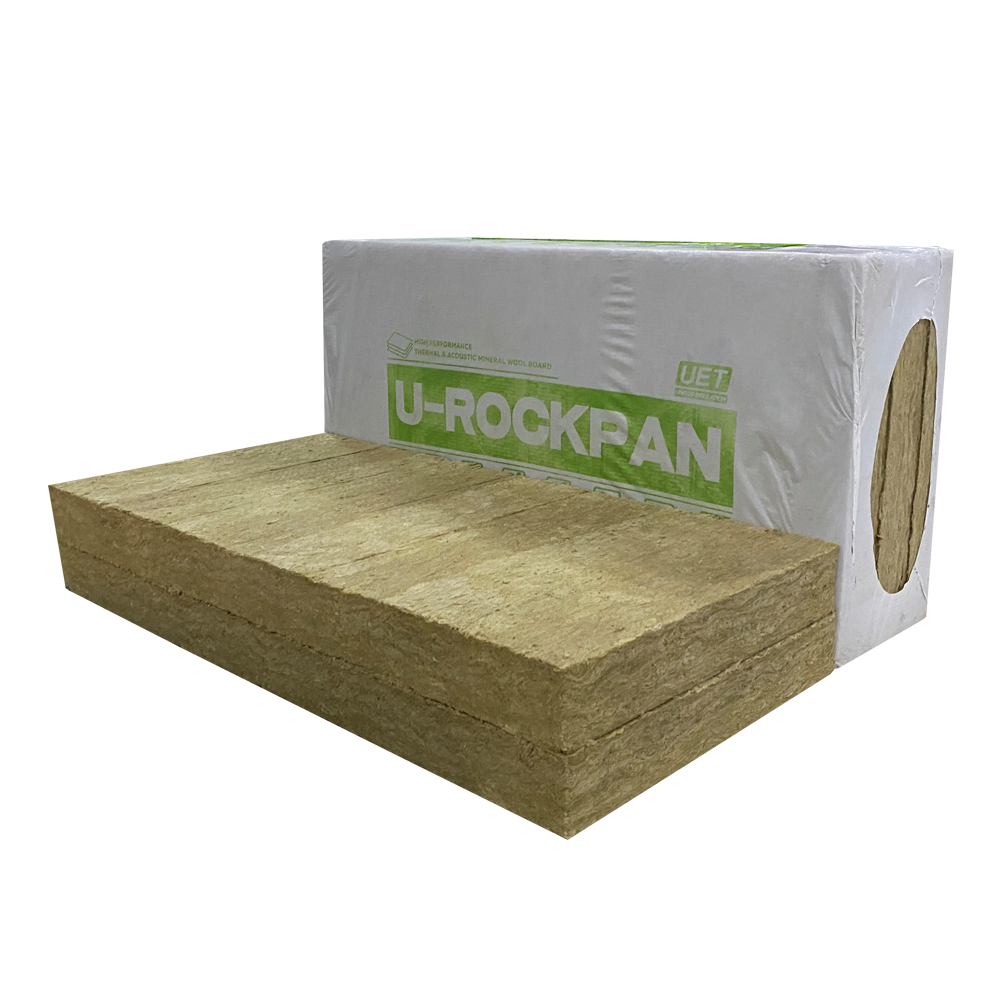
United Insulation Company has launched the next-generation fireproof insulation board suitable for high-rise buildings
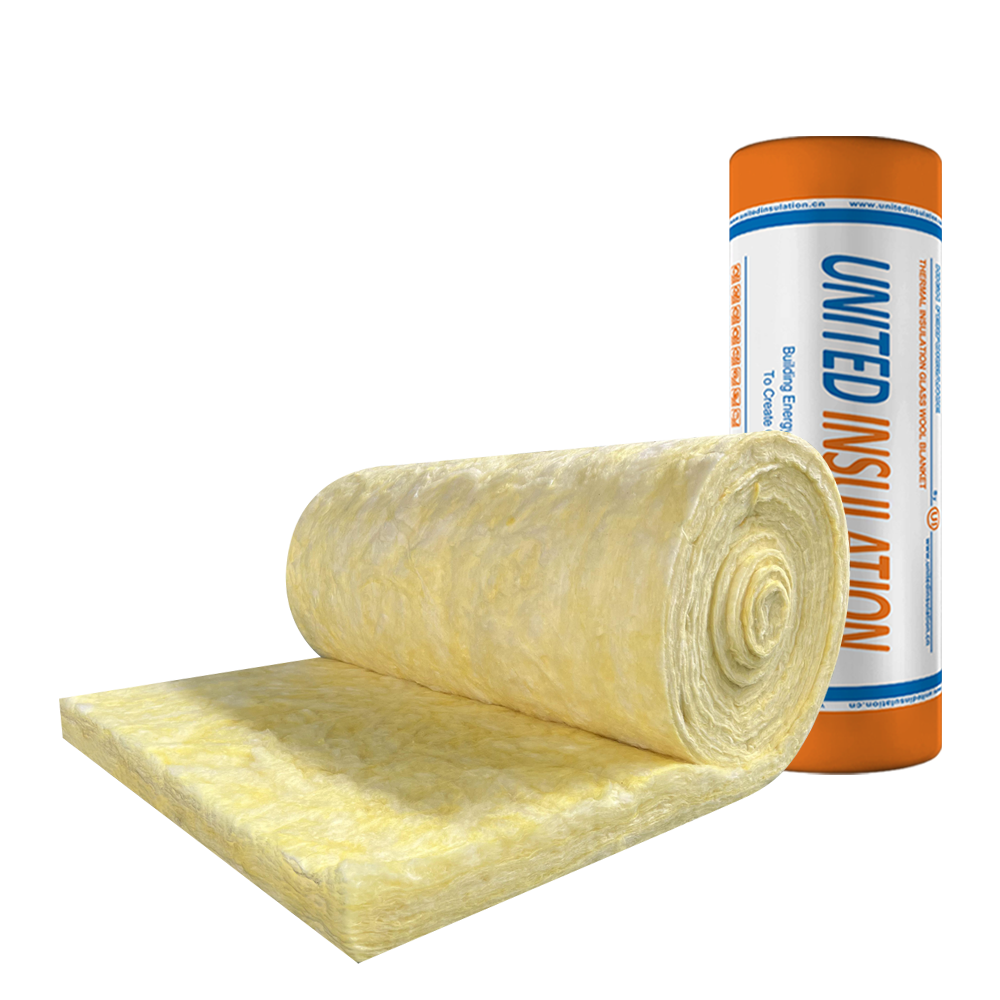
A Comprehensive Guide to Glass Wool Soundproofing
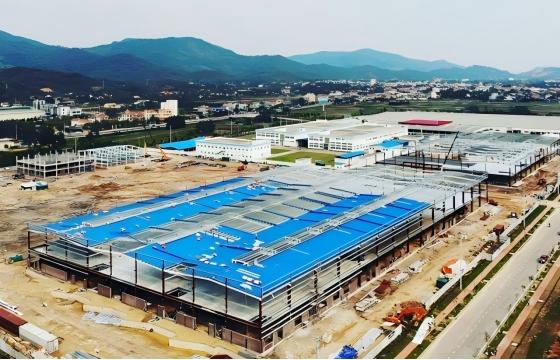
Unlock Global Quality: Your Trusted Fiberglass Solutions from United Insulation
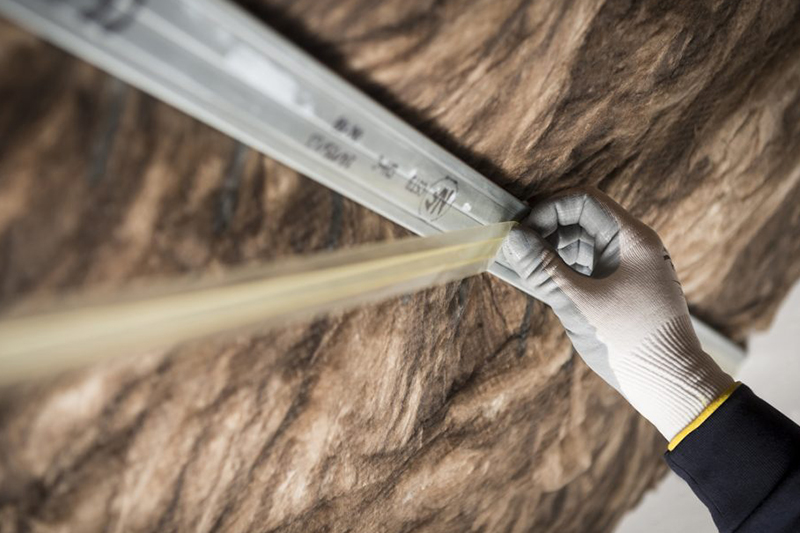
Things to Remember Before Home Installation of Glass Wool

What is glass wool blanket?

UET rock wool batt: high-efficiency and energy-saving insulation material

what are the benefits of glass wool?

Can glass wool get wet?

The Revolution of Changes in Glass Wool Raw Materials: From Traditional Formulas to a purer Future

What is glass wool used for?

Things about R-value

Is glass wool insulation any good?

Glass Wool Insulation Batts

A Comprehensive Guide to Glass Wool Soundproofing

Unlock Global Quality: Your Trusted Fiberglass Solutions from United Insulation

Things to Remember Before Home Installation of Glass Wool

What is glass wool blanket?

UET rock wool batt: high-efficiency and energy-saving insulation material
contact us







